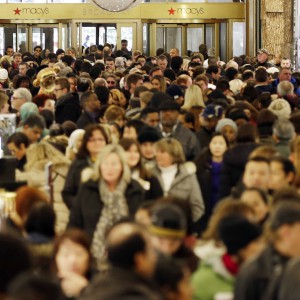By Dan Prescher
My
wife, Suzan, and I rarely know too far in advance where we'll be for
the holidays. We haven't lived in the U.S. for a dozen years now, but
around about September or October we start making the decisions about
what to do for Thanksgiving, Christmas, and New Year...whose family back
in the States we'll spend which holidays with...and which holidays, if
any, we'll spend by ourselves at home, wherever home happens to be at
the time.
For
the past few years, home has been Ecuador, and we've been here several
times for New Year's Eve. It's actually called Old Year, or Año Viejo,
here. Between Christmas and December 31st, most every local family
makes a dummy out of old clothes and sits it outside their home or
business. This effigy represents the old year and all the things about
it that you'd like to just set on fire and be done with...lousy
politicians, unfaithful lovers, annoying celebrities, all are fair game.
You can even buy cheap papier mache masks in local mercados of
some of the worst politicians, sports figures, terrorists, and TV stars
to give a face to your dummy.
But
the mask is actually optional. What really goes in the dummy are your
regrets, your mistakes, the bad habits you couldn't kick, the crummy
things you did to someone else or the crummy things they did to you that
you can't let go of. The cigarettes you wish you hadn't smoked, the
weight you didn't lose, the rum you couldn't keep from drinking, the
willpower you lacked, the determination you didn't show. If there isn't
something you can actually put inside the dummy to represent those
things, like a cigarette or a chocolate bar or a booze bottle, you write
down on a piece of paper what you want to get rid of from the old year
and tuck it inside the dummy's shirt.
Then
at midnight on December 31st, all the effigies are put to the torch.
They burn in intersections and on street corners and on curbs and
sidewalks all over the country.
It's
a wonderful tradition and we love being part of it. It only adds to the
relevance and poignancy of the ceremony that by midnight most of the
adults involved are drinking and smoking their brains out. And while
they party and dance around the burning effigies, they all sincerely
believe that this is it...tomorrow is a new day and a new year.

Last chance to indulge
in those old habits and regrets. The next time the sun comes up, it's
all going to be different. We'll be better. We'll be happier. We'll be
stronger. We'll be freer.
And
of course, for most of us the new year will be exactly like the old
year, which is why this ceremony sticks around and gets repeated every
year. If it worked as advertised, you'd only have to do it once.
But
there are some people for whom the new year really will be very, very
different than the old year, no matter what. Like you, perhaps, these
are the people who, after lots of study and research and soul searching
and preparation, make the move they've always wanted to make...to
another country, another culture, and another way of life. They become
expats.
They've performed the Año Viejo
ritual for real in their own lives, even if they don't realize it at
the time. They've chucked it all and taken a seat on the plane. And
wherever they end up after that flight, the next time the sun comes up
things really will be different for them.
We've seen those folks dancing around their own Año Viejo
effigies throughout Latin America, the ones who've burned their fears
and regrets and turned to face a new and promising future. To really do
something like that...to not just burn a dummy on a street corner but to
truly let go of the old and turn to face the new...is not for
everybody. It takes a tolerance for change, a sense of adventure, an
appetite for novelty and challenge. It takes some guts.
But
it's not hard to tell the ones who manage to make that move
successfully. In their new homes abroad, when the clock strikes midnight
and the match is struck, they watch the Año Viejo
effigies burn with a particular satisfaction, a knowing smile, and a
special appreciation for what the fire and the smoke represent.
They get it.
www.internationaliving.com



















